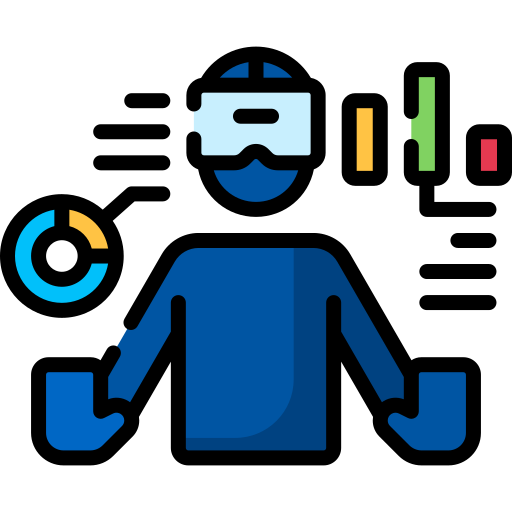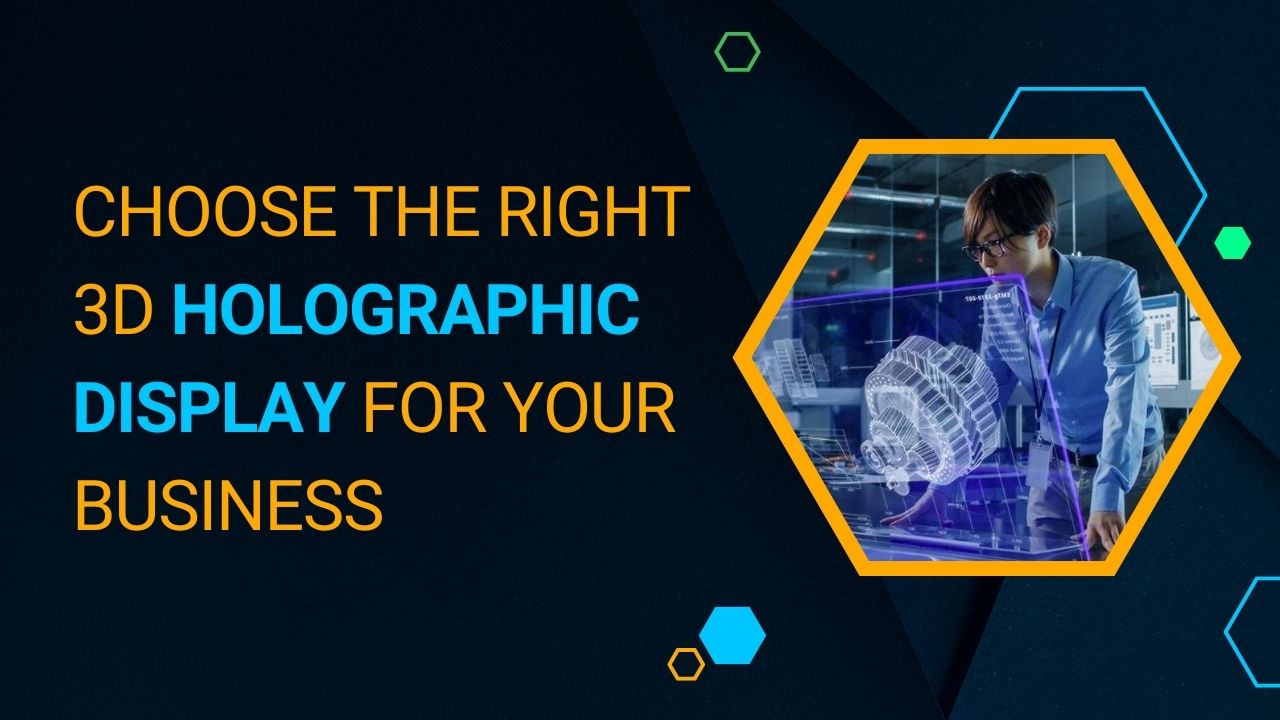In the ever-evolving landscape of technology, holographic displays have emerged as an innovative and captivating way for businesses to engage with their audience. Whether you’re showcasing products, presenting data, or simply looking to make a lasting impression, choosing the right 3D holographic display is crucial. Compare and choose the perfect holo displays with one of the leading holographic display providers i.e., Vision3D. With a plethora of options available, it can be overwhelming to navigate the market. Fear not, for this guide will walk you through everything you need to consider to make an informed decision.


- Explore the innovative world of holographic displays to elevate your business engagement.
- Vision3D stands out as a leading holographic display provider for your diverse needs.
- Make a lasting impression by choosing the perfect 3D holographic display tailored to your business requirements.
3D Holographic Display Business Overview
The holographic display industry is rapidly evolving, offering immersive visual experiences across various sectors including entertainment, advertising, healthcare, and education. Advancements in holographic 3D have led to lighter, more affordable displays with increased brightness and resolution. Key players are investing in research and development to enhance holographic projection, interaction, and content creation capabilities. With growing demand for augmented reality and virtual communication solutions, the holographic display market is poised for significant expansion. Integrating emerging technologies like AI and IoT further diversifies applications, driving innovation and market growth.
Factors Helpful In Selecting the Right Holographic Display for Business
Understand Your Needs
Before diving into the world of holographic displays, take a step back and assess your specific requirements with a hologram company. Are you looking for a display for a trade show booth, retail store, museum exhibit, or corporate presentation? Understanding the context in which the display will be used will help narrow down your options and ensure that you choose a solution that aligns with your goals.
Determine Display Type
Holographic displays come in various forms, each offering unique features and capabilities. Some common types include:
Pepper’s Ghost – Utilizes angled glass to create the illusion of floating 3D images.
LED-Based – Employs an array of LEDs to create holographic effects.
Projection-Based – Projects images onto a surface to create holographic visuals.
Mixed Reality – Combines physical objects with holographic overlays for an immersive experience.
Consider the type of content you plan to display and select a technology that best suits your needs.
Assess Display Size and Viewing Angle
The size and viewing angle of the 3D holography are critical factors to consider, especially if you anticipate a large audience or want to ensure visibility from various angles. Determine the optimal viewing distance and angle for your intended audience and choose a display that can accommodate those requirements.
Evaluate Content Creation and Management
Creating compelling content is essential for maximizing the impact of your holographic display. Look for displays that offer user-friendly content creation tools or are compatible with popular design software. Additionally, consider how easily you can update and manage content remotely, especially if you have multiple displays across different locations.
Consider Interactivity
Interactive holographic displays can enhance user engagement and provide a memorable experience. Whether it’s gesture control, touch interaction, or voice commands, incorporating interactivity can captivate your audience and encourage deeper exploration of your content.
Review Technical Specifications
Pay attention to technical specifications such as resolution, brightness, and contrast ratio to ensure optimal image quality. Higher resolution displays will deliver sharper and more detailed visuals, while adequate brightness and contrast are essential for visibility in various lighting conditions.
Installation and Maintenance
Consider the ease of installation and maintenance when choosing a holographic display. Look for displays that are simple to set up and require minimal ongoing maintenance to minimize disruptions to your operations.
Budget Considerations
3D Holographic displays come in a range of price points, so it’s essential to establish a budget early on in the decision-making process. Keep in mind that while upfront costs are significant, you should also consider long-term expenses such as content creation, maintenance, and upgrades.
Seek Vendor Support and Training
Select a reputable vendor that offers reliable support and training to help you maximize the value of your 3D holographic display. Whether it’s technical assistance, troubleshooting, or training for your staff, having access to knowledgeable support resources can make a significant difference in the success of your deployment.
Test Before You Invest
Finally, before making a final decision, it’s crucial to test the holographic display in real-world conditions whenever possible. This will allow you to evaluate performance, image quality, and user experience firsthand and ensure that the display meets your expectations before making a significant investment.
Conclusion
So, choosing the right 3D Holo display for your business requires careful consideration of your specific needs, technical requirements, budget constraints, and vendor support. By following the guidelines outlined in this guide and taking the time to thoroughly evaluate your options, you can select a display that will captivate your audience, enhance your brand image, and deliver a memorable experience for years to come. To know more about 3D holographic displays, connect with the Vision3D customer service number – (+91) – 8971953451.
